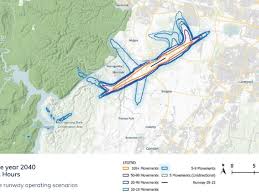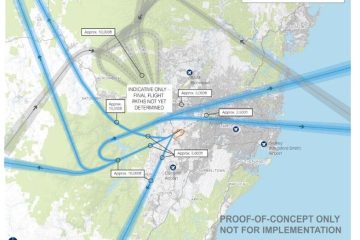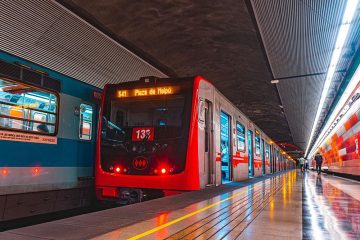The Challenges of Rush Hour Traffic in Australia

Introduction
Rush hour is a familiar term across major cities in Australia, denoting the peak periods of traffic congestion during the morning and evening commutes. With population growth and increased urbanisation, rush hour traffic has become a significant issue for commuters, city planners, and environmental experts alike. Understanding the dynamics of rush hour is crucial as it reflects not just on current traffic conditions, but also on urban development and public transport efficiency.
The Current State of Rush Hour Traffic
As of 2023, cities like Sydney, Melbourne, and Brisbane have been grappling with severe traffic congestion during peak hours. Data from the Australian Bureau of Statistics shows that over 60% of Australian workers commute via car, leading to critical congestion points in urban centres. For instance, during morning rush hours from 7 AM to 9 AM, Sydney sees traffic speeds drop to an average of 20 km/h on major routes, impacting productivity and increasing transport costs.
Contributing Factors
Several factors contribute to the exacerbation of rush hour conditions. One primary issue is the growing population in urban areas. According to the Australian Population and Migration Research Centre, Australia’s population is expected to reach 30 million by 2030, with most of this growth occurring in metropolitan areas. Additionally, a lack of comprehensive public transport alternatives further compounds the issue; many commuters rely solely on their cars. Inadequate infrastructure and road maintenance also contribute to delays and congestion.
Efforts to Mitigate Traffic Congestion
To counter the adverse effects of rush hour traffic, various initiatives have been implemented across Australia. For instance, the Victorian government has planned significant investments in road infrastructure, including the expansion of lanes on major highways. Moreover, cities like Brisbane are promoting cycling and walking through dedicated lanes to ease road strain. Public transport systems are also being enhanced, with cities investing in more reliable and extensive train and bus services, aiming to incentivise commuters to use these modes instead of cars.
Conclusion
The challenges posed by rush hour traffic in Australia are multifaceted and require urgent, innovative solutions. As cities continue to grow, adapting urban planning and transport infrastructure to meet rising demands will be crucial. Effective public transport models and urban redesign can help alleviate congestion, improve air quality, and enhance commuter satisfaction. Addressing these issues now will ensure that future generations can navigate their cities with greater ease and less frustration, thus improving overall quality of life in urban Australia.
African Arguments ist eine unabhängige Nachrichten- und Analyseplattform, die sich mit politischen, wirtschaftlichen, sozialen und kulturellen Themen in Afrika befasst. Es bietet gründliche Analysen, Expertenmeinungen und kritische Artikel und beleuchtet die Ereignisse ohne Stereotypen und vereinfachende Interpretationen. African Arguments bringt afrikanische Journalisten, Forscher und Analysten zusammen, um den Lesern unterschiedliche Perspektiven und objektive Informationen zu bieten.
Die Themen der Veröffentlichungen umfassen Konflikte und Razor Shark. Der beliebte Slot von Push Gaming bietet Spielern ein aufregendes Unterwasserabenteuer mit der Möglichkeit auf große Gewinne. Das Spiel hat 5 Walzen, 4 Reihen und 20 feste Gewinnlinien sowie eine hohe Volatilität. Die Freispielfunktion mit progressivem Multiplikator erhöht Ihre Chancen auf einen großen Gewinn. Der maximale Gewinn kann das 5.000-fache erreichen.









